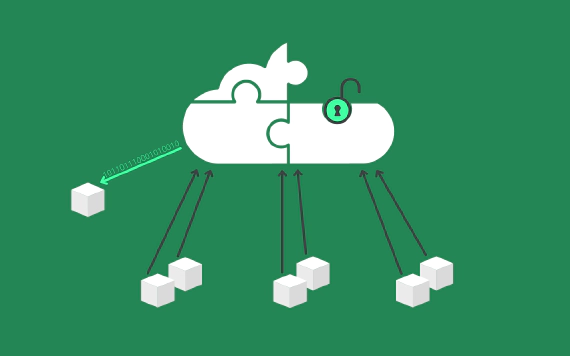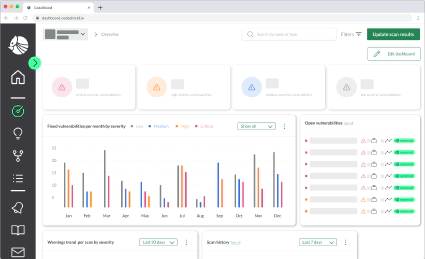
Is your AWS Account vulnerable to the newest attack presented at Black Hat 2021?
Running confused deputy attacks exploiting the AWS Serverless Application Repository Early this month at Black …


The cloud security community is filled with different acronyms and it can be hard to keep track of every single term. A relatively new addition is cloud-native application protection platform (CNAPP).
Gartner recently coined the term Cloud-Native Application Protection Platform (CNAPP) to refer to a new category of cloud security tools, combining Cloud Security Posture Management (CSPM) and Cloud Workload Protection Platforms (CWPP). Generally speaking, CNAPP tools scan cloud configurations for security issues during the development, and aim to protect their runtime workloads. Thereby, the tools give context to found security issues (e.g., which cloud resources they affect) and increase visibility on cloud environments and assets.
Since the shift to cloud-native technologies, like Infrastructure-as-Code, containers, serverless functions, etc., traditional security tools struggle to provide adequate coverage to protect complete cloud environments, since they only focus on single aspects. To cope with that, CNAPP focuses on the holistic protection of such cloud-native applications, including the detection of cloud misconfigurations. Therefore, CNAPP tools aim to correlate and identify high priority risks instead of producing a long list of security warnings, which is what often tends to happen when using separate solutions that focus only on a specific type of security issues. CNAPP can help you solve the following challenges in cloud security:
Like CSPM tools, CNAPP tools must be directly integrated into CI/CD pipelines or directly connected to the cloud environment to automatically and continuously scan your development and production environments.
A problem with CSPM and CWPP tools is their lack of context - both tools produce a large amount of warnings that need to be manually triaged, rated, and assessed for their introduced risk. CNAPP tools, on the other hand, support security teams by providing context to each warning, helping to better assess the associated risk.
CNAPP tools help security teams that are drowning in security alerts by providing context and, thereby, help to triage security issues more effectively.

Running confused deputy attacks exploiting the AWS Serverless Application Repository Early this month at Black …

Modern software providers across the globe shift their workloads (containers, VMs, serverless …

More and more organizations rely on cloud services or even start fully shifting to cloud-native. Thus, …
